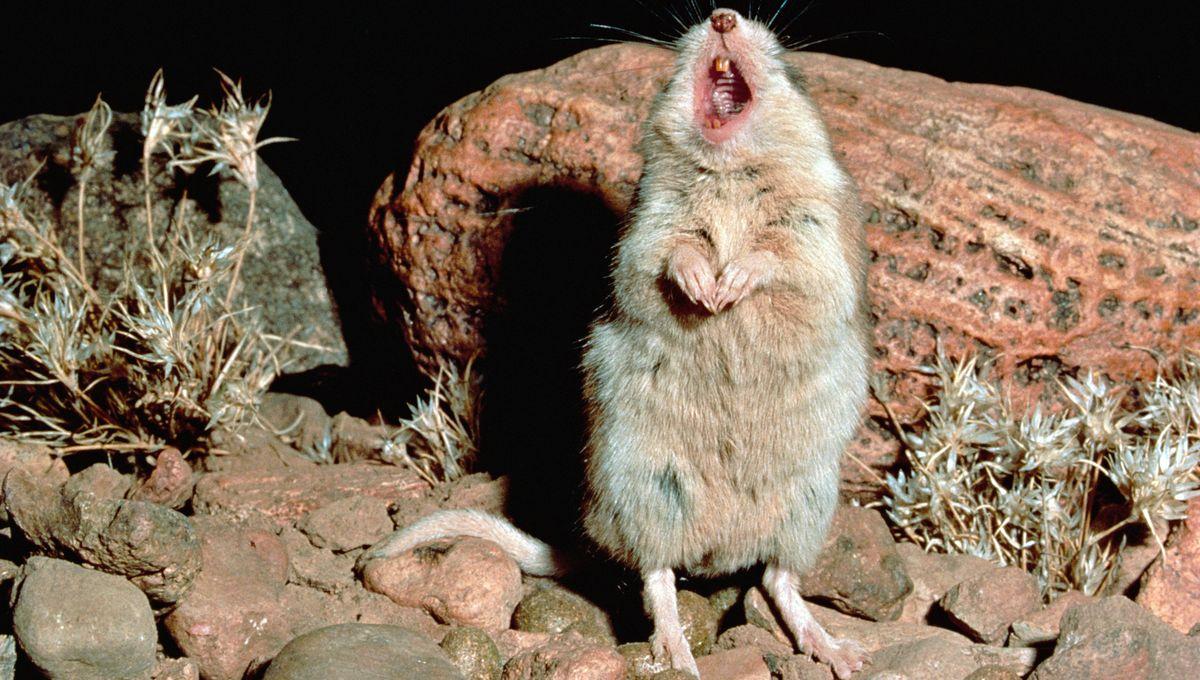You might think that only werewolves howl at the Moon, but this spooky season, we’re bringing you another creature with a lot to say at nighttime. Meet the grasshopper mouse; it might be small, but it has one heck of a voice.
The rest of this article is behind a paywall. Please sign in or subscribe to access the full content. There are three species of grasshopper mouse that are closely related to deer mice: the northern grasshopper mouse (Onychomys leucogaster), the southern grasshopper mouse (O. torridus), and Mearns’ grasshopper mouse (O. arenicola). The southern grasshopper mouse is found in northern Mexico and the southwest of the United States, including the Sonoran Desert. It measures roughly 15 centimeters (5.9 inches) from the tip of its nose to its tail and weighs somewhere between 20-50 grams (>0.1 pounds). Oh, and it howls like a wolf. Despite being literally mouse-sized, these diminutive little rodents are actually top-level carnivores and voracious predators and will attack pretty much anything smaller than they are for food. While they have been recorded eating some plant material, the majority of their diet is grasshoppers, scorpions, and other arthropods. Their Latin name, Onychomys, means “clawed mouse” as their paws and even fingernails are specially adapted to hold onto slippery, struggling prey. Compared to deer mice, they even have a stronger bite force for killing their dinner. The Sonoran Desert is home to more venomous creatures than anywhere else in the United States. One of these species is the Arizona bark scorpion, which is highly venomous and can be fatal to humans. The grasshopper mouse survives because it has a special method of shutting down the pain signal to the brain when the venom is ingested, using sodium channels. As well as its venom-defying skills, the grasshopper mouse is actually famous for howling at the Moon. Both males and females stand on their hind legs, point their noses in the air, and let out a very high-pitched noise in the range of 9-14 Hertz that can be heard for 100 meters (330 feet). Often, the howl precedes a kill, and though its function is not known for sure, it is thought to be a way for the mouse to mark its territory. The howl is produced in the same way wolves howl – and humans speak – too. A 2017 study found that they produce two types of vocalizations. One is a classic whistle-like mechanism used by other rodents and the other is a unique tissue vibration induced by airflow, like humans and wolves.






